VET APPROVED

The information is current and up-to-date in accordance with the latest veterinarian research.
Learn more »Click to Skip Ahead
One of the most joyous moments in life is bringing home a new dog. Puppies are usually the most popular choice for families looking for a family pet. However, it’s challenging to determine how a mixed-breed puppy will turn out when you only have limited information about their history. When should you expect your puppy to stop growing? Let’s take a look at puppy growth and how to estimate when your dog will stop growing:

When Do Dogs Generally Stop Growing?
Although several factors influence the growth rate, most dogs are generally done growing at around 1–1.5 years of age, with some breeds not growing beyond 6 months of age and others growing until they are 24 months old. Puppies and young adult dogs go through multiple growth changes from the time they’re born to around 18–24 months of age. At first, growing puppies and young adult dogs need nutrient-rich diets to support their changing bodies. They can move to adult-formulated dog food once they’re fully mature.
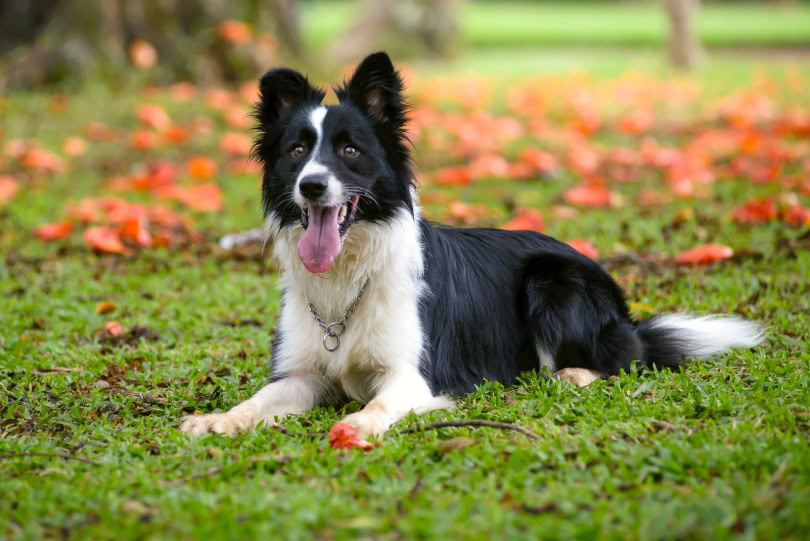

Dog Growth and Size: Do Different Breeds Grow Faster?
While dogs have a general growth timeline, the dog’s size can also determine how fast they will finish growing. Great Danes finish growing later than Chihuahuas, for instance, so it’s essential to consider your dog’s breed and weight category. Even though most dogs are done growing by 2 years of age, some breeds reach maturity faster than others.
Having a purebred dog will make it considerably easier to estimate your dog’s growth rate, but mixed-breed dogs are an entirely different matter. Still, you can get a better idea once your puppy reaches around 5 to 6 months. For instance, a 2-month-old puppy weighing 30–40 pounds (14–18 kilograms) will most likely be a large or giant-sized dog.
1. Toy-Sized Dog Growth Rate (Less than 15 lbs/6.8 kg)

As the smallest pups, toy dog breeds grow the fastest. Toy dogs typically weigh around 3–5 ounces (or 85–142 grams) at birth, the same weight as half of an avocado. By the time they’re 6–8 months old, most toy-sized dogs will stop growing and be fully mature in a year. The smaller the dog, the quicker they reach adulthood.
2. Small-Sized Dog Growth Rate (Less than 25 lbs/11.3 kg)
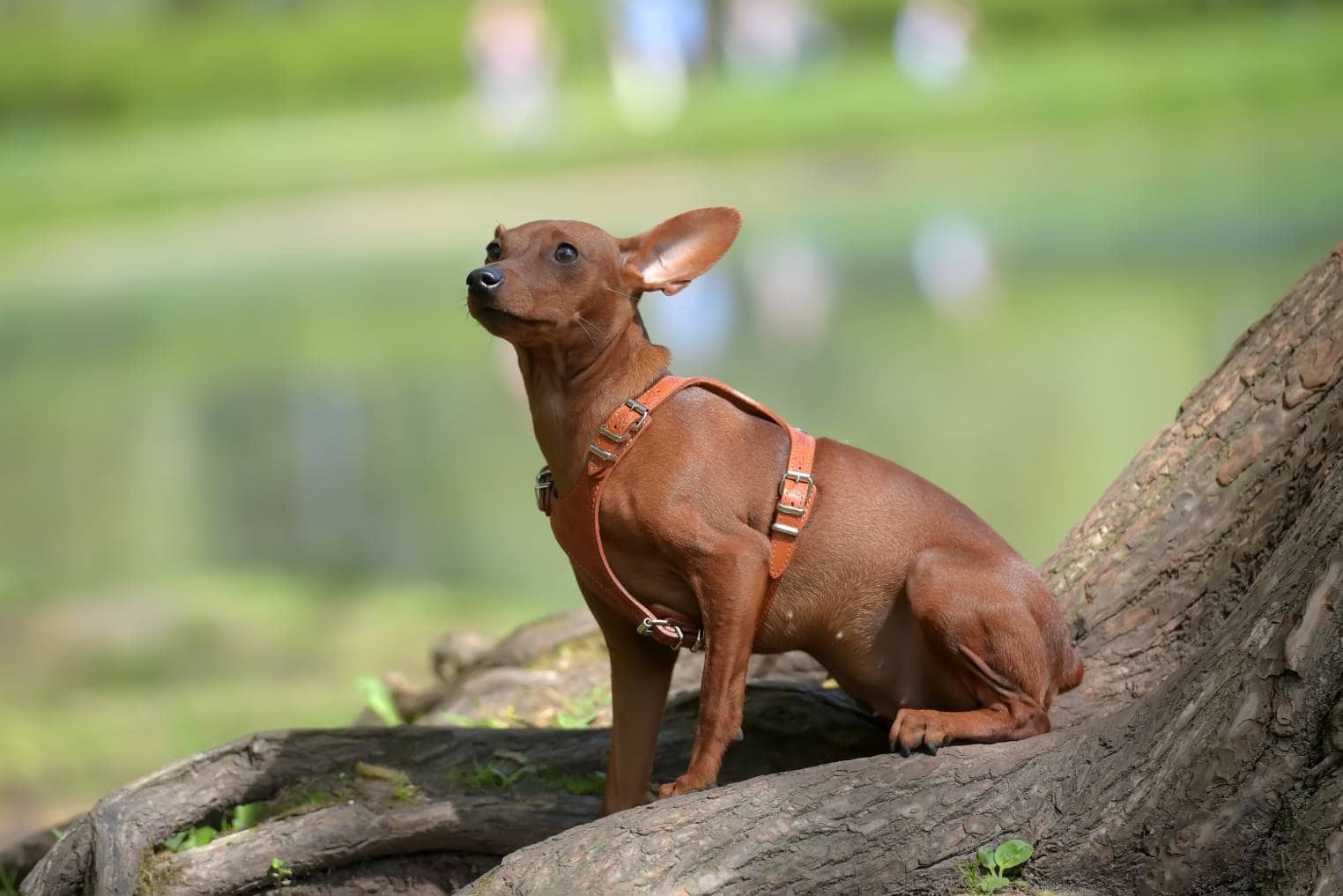
Smaller dogs like Lhasa Apso and Cavalier King Charles Spaniel don’t grow as fast as toy-sized dogs but mature quicker than bigger dogs. At birth, small breeds weigh 4.5–8 ounces (or 128–227 grams). Small dogs can mature as quickly as 7–12 months, but dogs closer to the medium category can take 12–16 months to reach adulthood.
3. Medium-Sized Dog Growth Rate (Less than 50 lbs/22.6 kg)
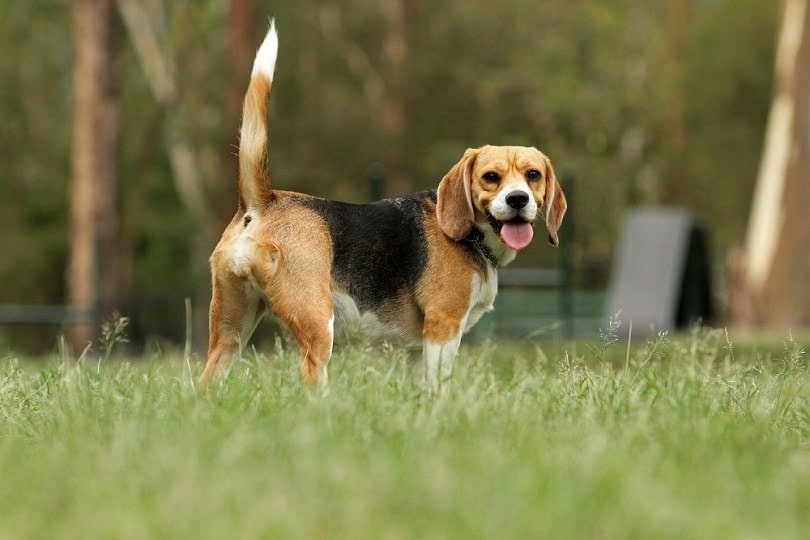
Many dogs fall into the medium-sized weight category, which can vary slightly with growth rates. The average medium-sized dog weighs around 8.5–14 ounces (or 241–397 grams) at birth, growing more slowly than small dogs. They reach adulthood and stop growing at around 16–18 months, though some larger medium dogs will take up to 2 years to fully mature.
4. Medium-Large Sized Dog Growth Rate (Less than 75 lbs/34 kg)
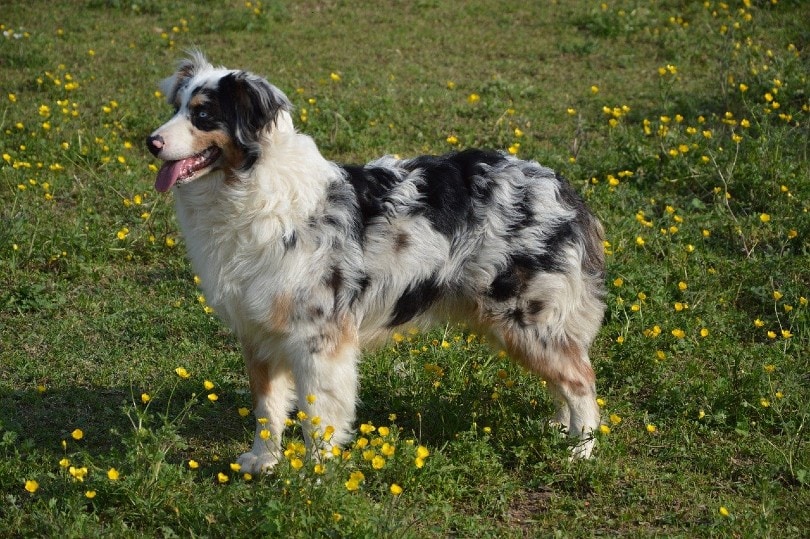
Medium-large dogs usually weigh around 14 ounces to 1 pound (or 400–450 grams) at birth, though some bigger breeds may weigh up to 2 pounds at birth. Dogs in this weight category typically take 18–20 months to mature, with larger dogs taking 24 months to enter adulthood.
5. Large-Sized Dog Growth Rate (Less than 100 lbs/45.3 kg)

Large dogs have the second slowest growth rate, though many popular breeds like Labradors fall into this weight group. Dogs in the large-sized weight category usually weigh between 15 ounces and 1.1 pounds (or 425–500 grams) at birth. By the time they reach 6 months, they’ll be heavier than a medium-sized dog at full maturity. Large dogs take 18–20 months to mature, and giant breeds take even longer.
6. Giant-Sized Dog Growth Rate (Over 100 lbs)
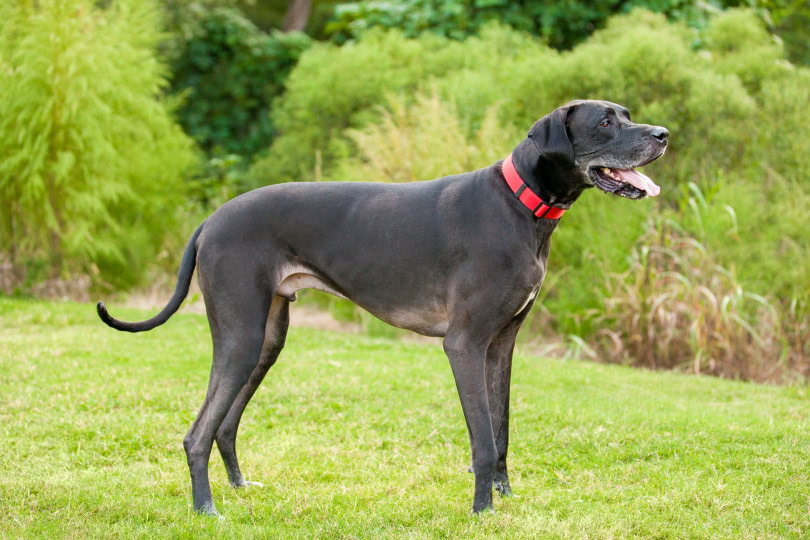
Giant breeds take the longest to stop growing and reach full maturity. They weigh 1.3–2.2 pounds (or 600–1000 grams) at birth, but the breeds at the top of the weight range may weigh more. These massive canines usually take the longest to mature, which can be 20–24 months or even longer.

Final Thoughts
Puppies are continuously growing, but some dogs grow at a much slower rate than others. There are many reasons why a puppy may continue to grow, especially if they’re a large or giant-sized breed. While you may not know exactly when your puppy will reach full maturity, our discussion can help you estimate. Your veterinarian can also provide a more accurate number after a full examination.
Featured Image Credit: Dmitry Kalinovsky, Shutterstock
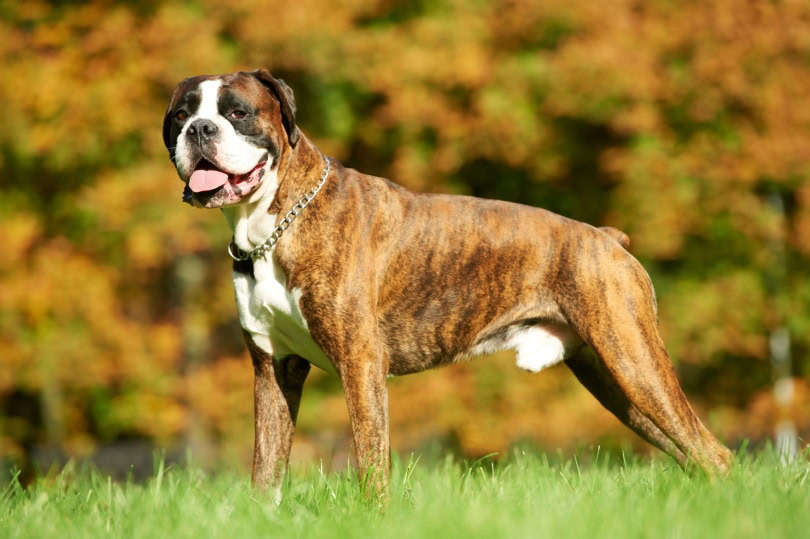











2 Responses
How much should I be feeding my 60 month old 1/2 German Shepherd 1/2 Black Lab? She weighs 50lbs. last week when she got spade.
Dear Angel,
thank you for your question. When feeding your dog, the main thing you should look at is their calorie intake. 50lb fixed dog should have a calorie intake of approx. 750–1,200 calories/day. Another thing to keep in mind is your dog’s body condition. This will determine whether you should feed your dog the lower or higher amount of calories. Please read our articles on this topic to get more information:
– How Many Calories Does My Dog Need? (Calorie Calculator)
– Dog Feeding Schedule: How Much and How Often to Feed Your Dog
– How Much Wet Food Should You Feed a Dog? Vet-Approved Feeding Guide
You can also book an appointment with our veterinary expert on http://www.PangoVet.com. They will be happy to help you figure out the perfect feeding schedule for your dog.